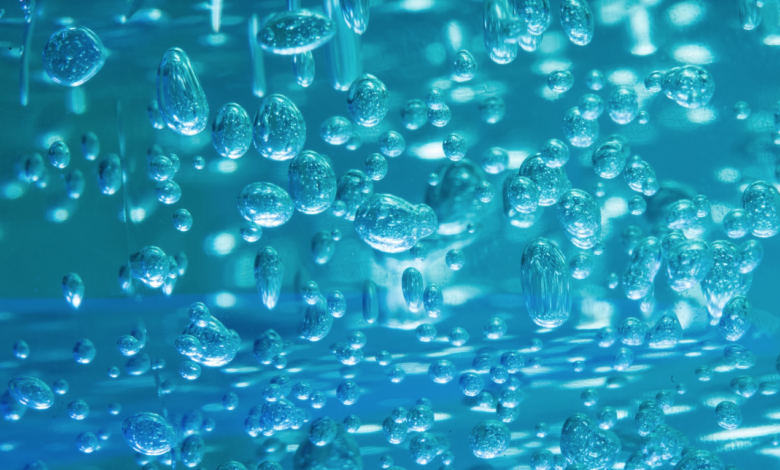PEM electrolysis, here is the perfect catalyst that does not use iridium

Acid-stable manganese oxides for PEM electrolysis
The Japanese research center RIKEN once again hits the target. After creating an organic photovoltaic film that can be washed and squeezed (without even fearing the washing machine), scientists strike another blow in favor of the transition. In these days, the scientific journal Nature Catalysis reports the article by Shuang Kong and colleagues in which a new catalyst for the production of hydrogen that does not require precious materials or rare earth is described.
PEM electrolysis, advantages and disadvantages
The field in which we find ourselves is that of PEM electrolysis, that is with proton exchange membrane, technology that can work at high current density (exceeding 2 A/cm2). PEMs bring with them several advantages, such as high efficiency, fast response, small footprint, ultra-pure hydrogen production and operation at lower temperatures (20-80 ºC) compared to other technological alternatives. The main disadvantage? The most powerful electrocatalysts capable of withstanding the acidic conditions of PEM electrolysis are based on noble metals such as platinum and palladium for the hydrogen evolution reaction to the cathode, and iridium and ruthenium for the oxygen evolution reaction at the anode.
As Ryuhei Nakamura, who led the research theme, explains, “Bringing PEM electrolysis to the terawatt scale would require 40 years of iridium, which is certainly impractical and highly unsustainable“. That’s why Nakamura and her team have been trying to develop a new catalyst for the oxygen evolution reaction.
read also Hydrogen pilot auction, 132 bids for 8.5 GW electrolysis
Promising results
Two years ago the first results: a compound based on manganese and cobalt, efficient in its work but of short duration. The new research is based on manganese oxide. Scientists found that the stability of the reaction could be increased by altering the reticular structure of the catalyst and more precisely by increasing the amount of planar oxygen (one of the possible configurations of O2 in the lattice).
Once tested in a PEM electrolyser, the new catalyst has been shown to sustain activity for about 6 weeks at a current density of 200 mA/cm2. In this period of time the amount of hydrogen generated was 10 times higher than that obtained in the past with other metal catalysts not rare. Obviously there is still work to be done before looking at the market, especially since industrial applications work at higher current densities and six weeks is little.
“We will continue to modify the catalyst structure to increase both the current density and the life of the catalyst,” says Nakamura. “In the long term, our efforts should help achieve the ultimate goal for all stakeholders: to conduct PEM water electrolysis without the use of iridium.”





